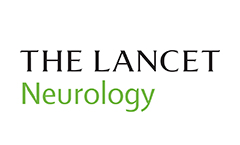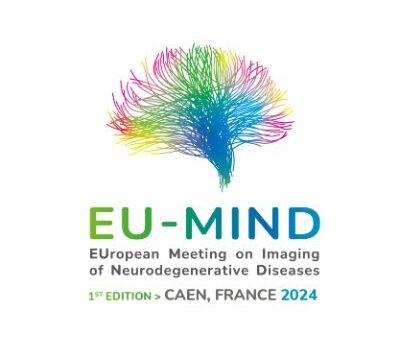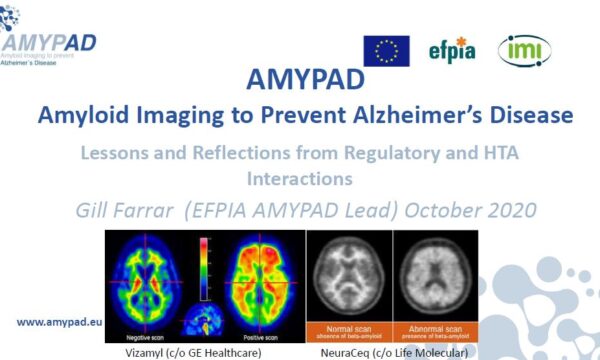The AMYPAD project is very ambitious in its goals and sheer size in terms of numbers of amyloid PET scans, and it could not be otherwise, seeing how Alzheimer’s Disease continues to represent such an immense burden both at the individual and global scale. The urgency within the topic is also clear, and the fact that AMYPAD has 5 years to work towards its goals can be both daunting and motivating. On our day-to-day activities, it is common to forget the end goal and feel as if we are not progressing fast enough. However, these feelings are not in line with the truth, and it is time we reflect back on some of the important progress each work package has made. By the end of this piece, it should be clear that the first year of AMYPAD was filled with hard work which has paid off – we enter our second year of project anxiously waiting for the green light to start recruiting. Remember how we got here? If not, let us refresh our memories:
While all scientific work packages were making their progress, WP1 (Overall project governance and management) was constantly behind the scenes making sure all pieces of the puzzle were falling into place. In this first year, WP1 has been very active in setting up the structure in which AMYPAD can thrive. As a result, all WPs now have regular meetings to discuss their activities, and the first General Assembly of AMYPAD was a great success. In addition, WP1 has been vital in the development and submission of a number of project deliverables, as well as the management of the legal and financial aspects of setting up this large Consortium. Indeed, that is why all partners have been moving forward with their scientific work knowing that the legal and financial framework is in place and in good hands.
One of the big challenges of AMYPAD is linked to its size – setting up a project aiming to perform 6000 PET scans is no easy task. However, we have a great team within WP2 (Tracer delivery, PET scanning and image analysis) that has worked really hard the past year to make sure we can develop what we set out to do. This year, WP2 has mapped out the optimal logistics of radiotracer supply to each center so that we can use our resources efficiently. It has also developed the imaging protocols that will provide high quality images and allow for the desired participant throughput. WP2 is also responsible for defining our image analysis, and this year there has been great effort in determining which regions of the brain we want to analyze and which parameters we want to obtain from the PET images. After a year of hard work, WP2 is currently busy with certifying all scanning sites, so that we are ready to start including once our clinical studies receive green lights from the ethical committees.
The first of the clinical studies in line for patient recruitment is the Diagnostic and Patient Management Study (WP3). This European study on the clinical utility of PET has been very challenging due to the diversity within its participating centers. It was important that the study design would be fully integrated into the daily clinical routine of each center, and this challenge translated into a year of various meetings and scientific discussion for the team. It has also been very rewarding, since the end result was a study protocol that will address several key aspects of the utilization of PET in clinical routine, while capturing the important differences across European healthcare systems. As the challenging year comes to an end, the WP3 team waits anxiously for the good news from the Geneva ethical committee – the green light we all hope for so that the scanning can start.
In parallel, WP4 (Risk stratification: natural history and enrichment strategies) has had a difficult task at hand. The Prognostic and Natural History Study is not only a large scale PET study, but it also has the additional challenge of being integrated into the EPAD Longitudinal Cohort Study (LCS). As a consequence, the past year for WP4 was filled with important meetings that aimed at ensuring the smooth integration of both studies and the delivery of scientific output that will help close the current knowledge gap in the natural history of Alzheimer’s Disease. During this year, WP4 has successfully developed its study protocol and its operational structure, bringing AMYPAD closer to actively bring amyloid PET to the EPAD LCS. One year into the project, WP4 is locking down the final details of its management and will be submitting the protocol to the ethical committees very soon. We are all looking forward to the year ahead.
While both WP3 and WP4 have been working intensively in setting up their respective studies, the team behind WP5 (Monitoring treatment: quantifying patient-specific efficacy) was preparing for the future data collection of AMYPAD. WP5 will be studying how quantitative measures of amyloid PET can help better understanding the disease course, as well as the potential of the technique in monitoring treatment efficacies. Since these efforts require large amounts of data, WP5 used its first year to set up collaborations with external groups to initiate its analyses on existing datasets. Great effort has been put into reaching out to data donors, and it has certainly paid off. With exciting analyses plans and rich available datasets, WP5 enters its second year eager to deliver important scientific output both internally and to the research community.
A big support for the dissemination of results coming from each of the previous WPs comes from the WP6 team (Ethics, communication and dissemination). Throughout the year, WP6 has kept track of every potential opportunity for disseminating the project and developed valuable tools to better connect the researchers and the community. These include our website (www.amypad.eu), this newsletter, as well as project flyers which can be distributed at different events. In parallel, the ethics team within WP6 was very active in supporting both WP3 and WP4 when designing their studies. Their involvement in developing both protocols and patient information leaflets were crucial to the team and resulted in important improvements to both studies.
After all the work in the past year, it is clear that the AMYPAD team can go into the holidays knowing we have been doing our best, and that the new year will bring new challenges, but also well-deserved reward of having our first patient/participant enrolled into the project.
The AMYPAD team wishes everyone a merry Christmas and looks forward to sharing good news in the next year!



